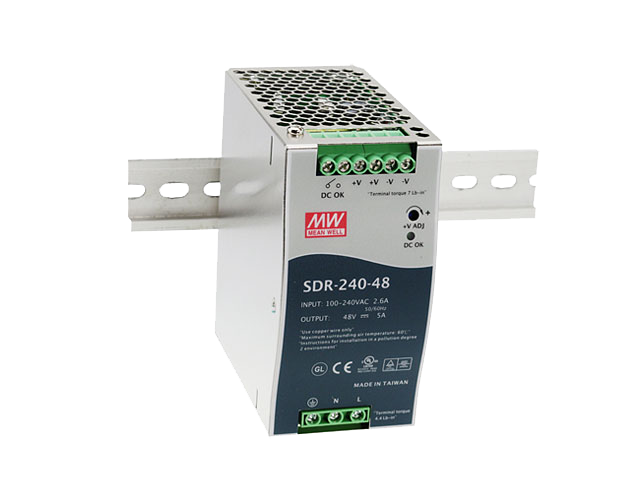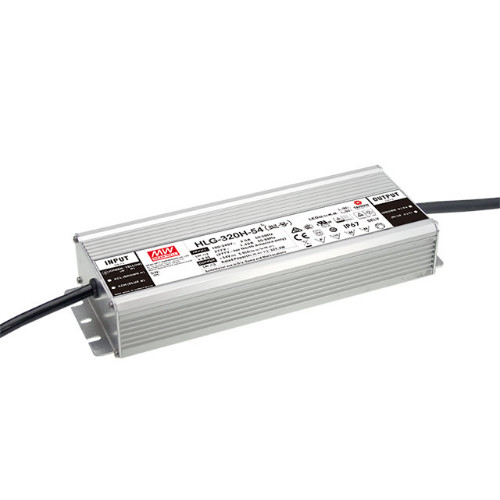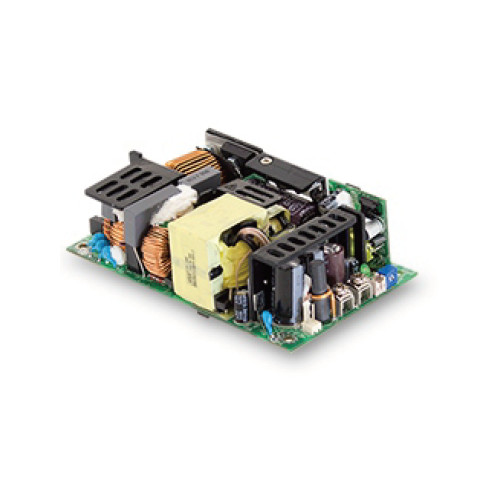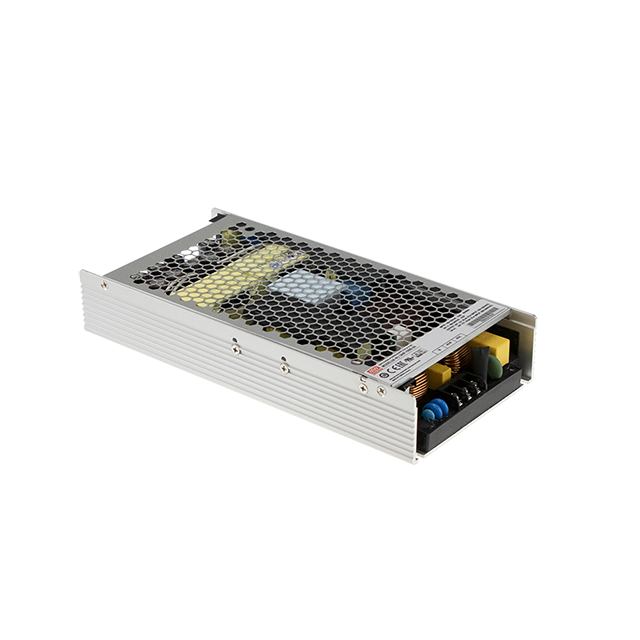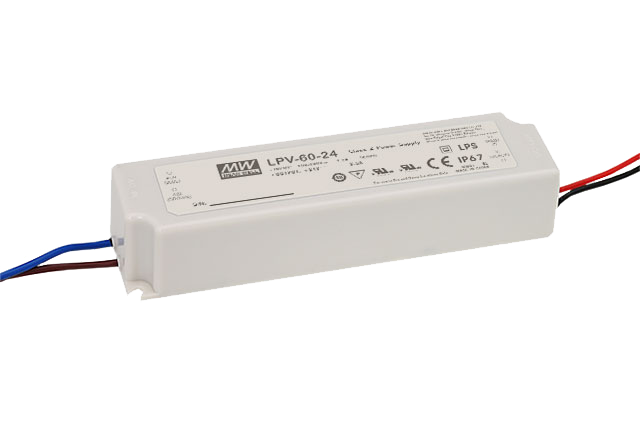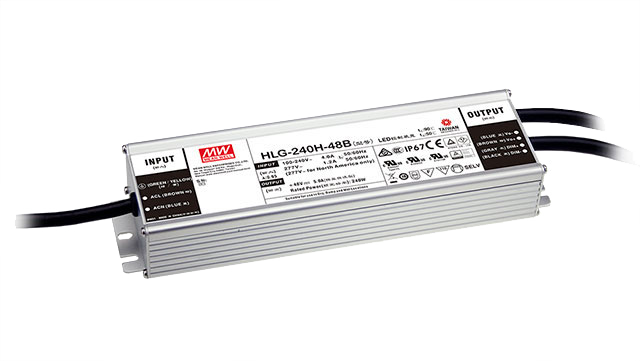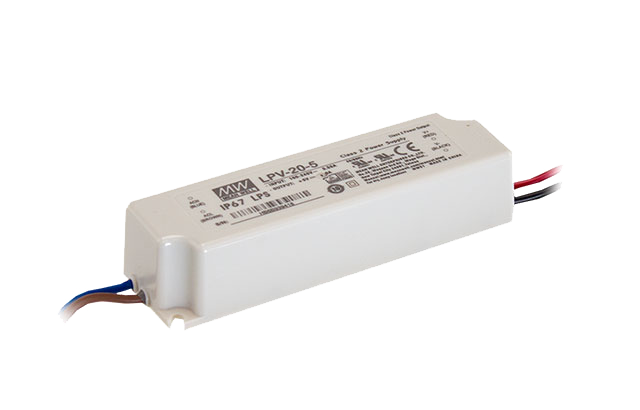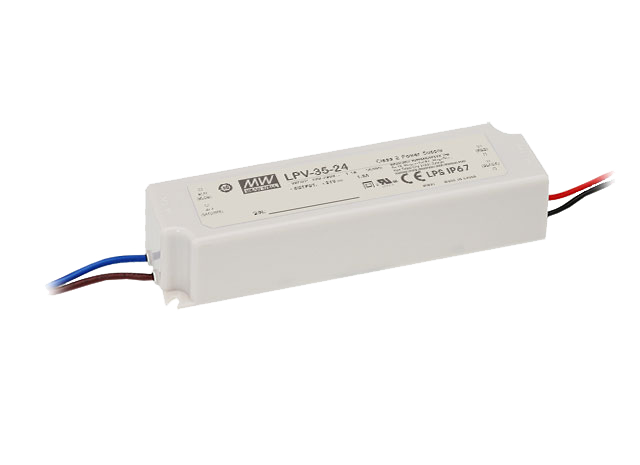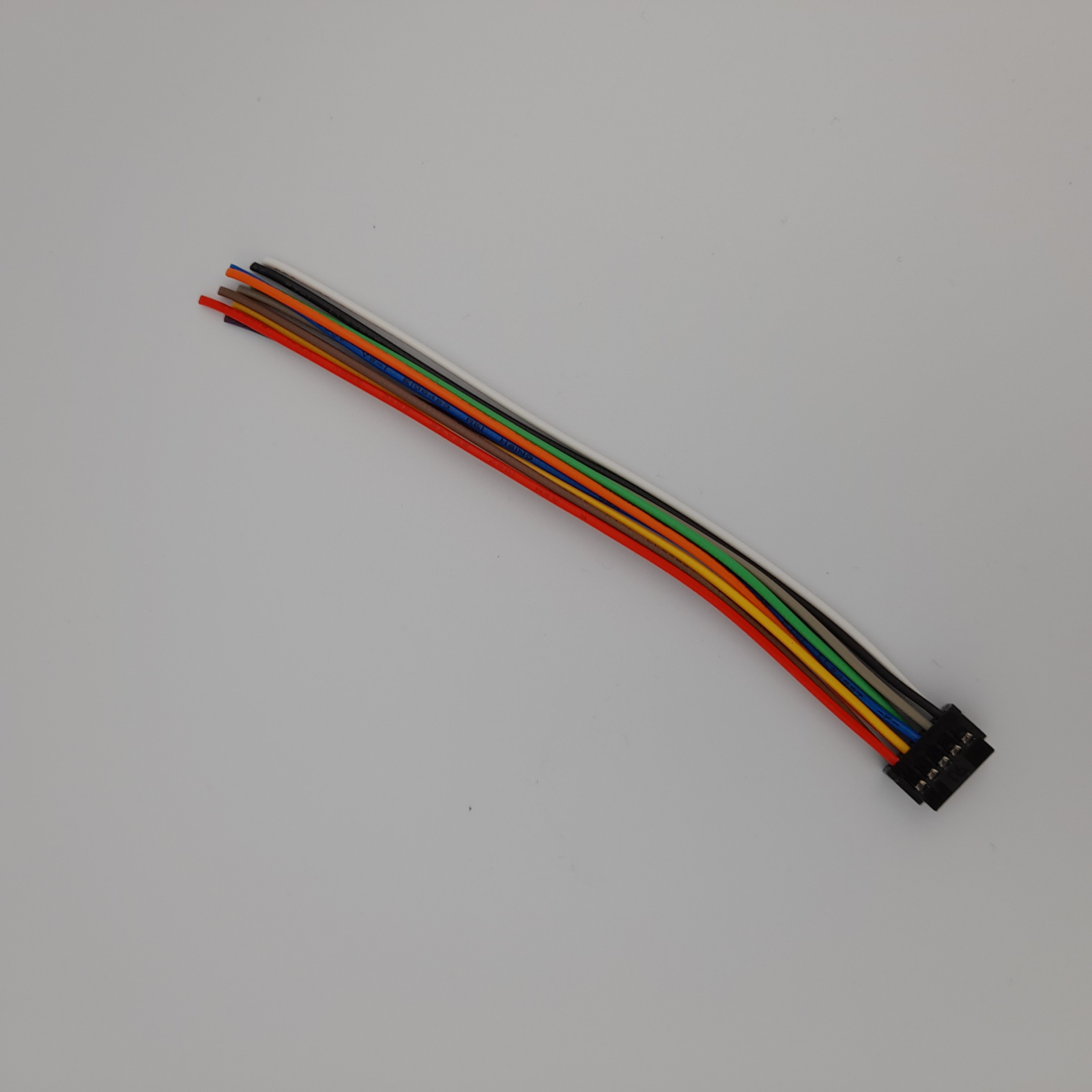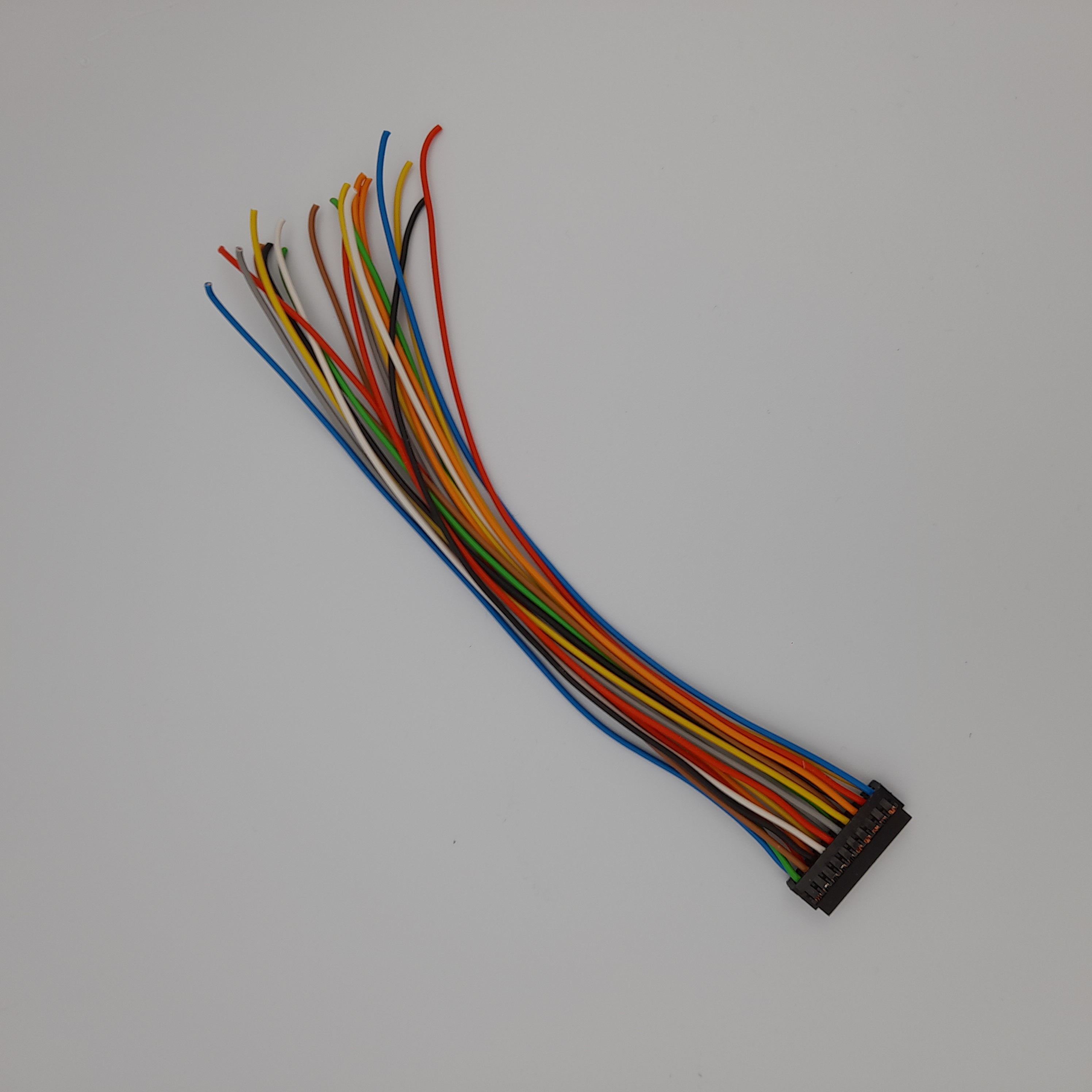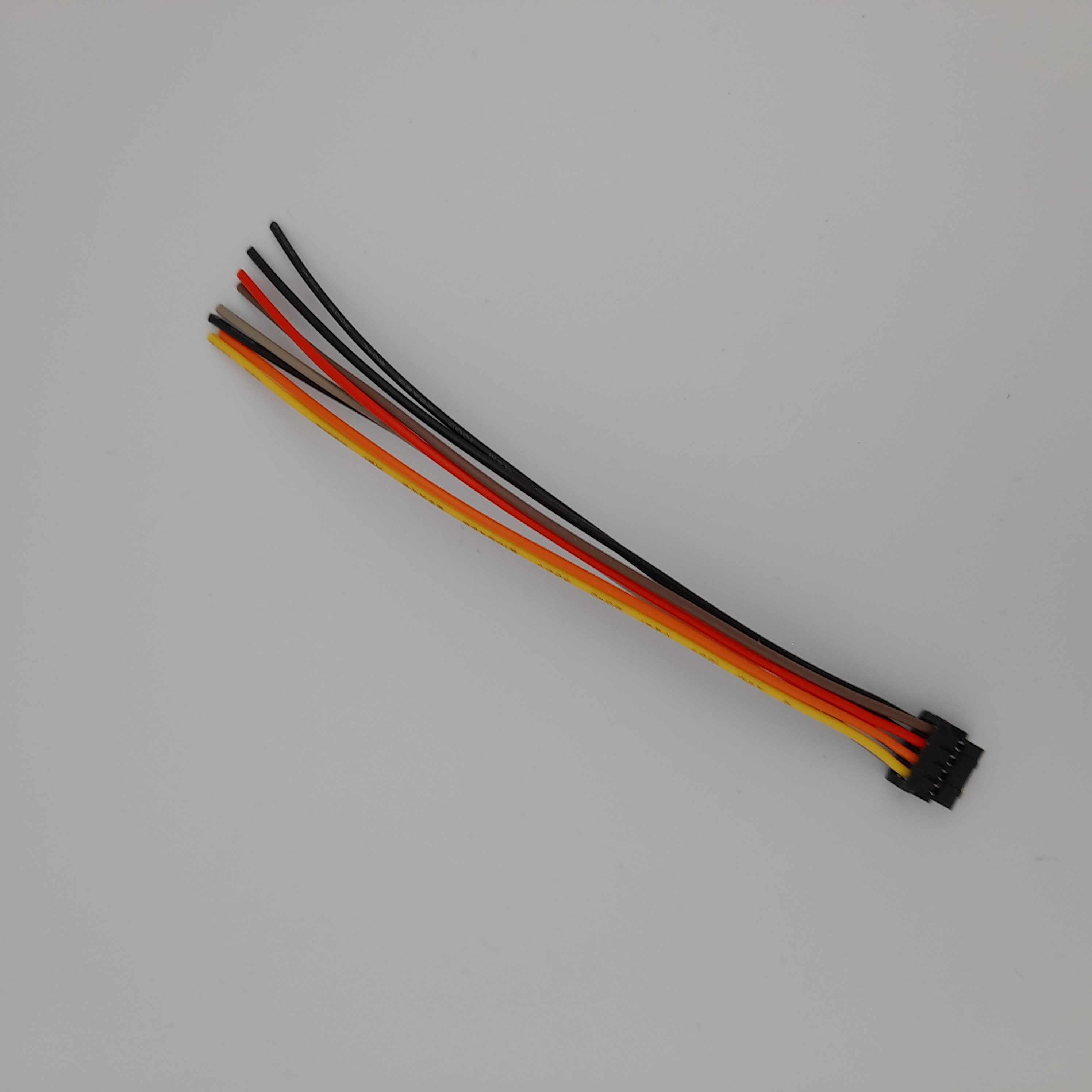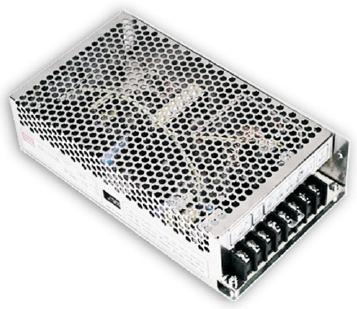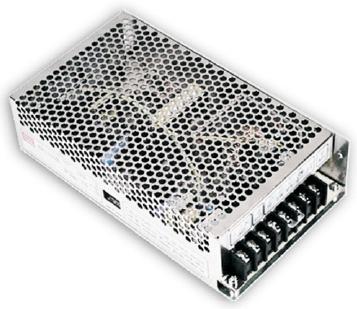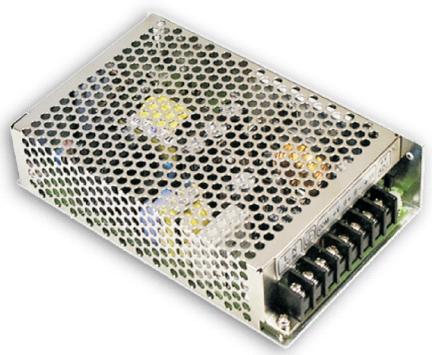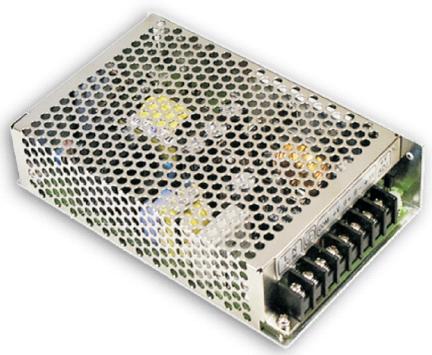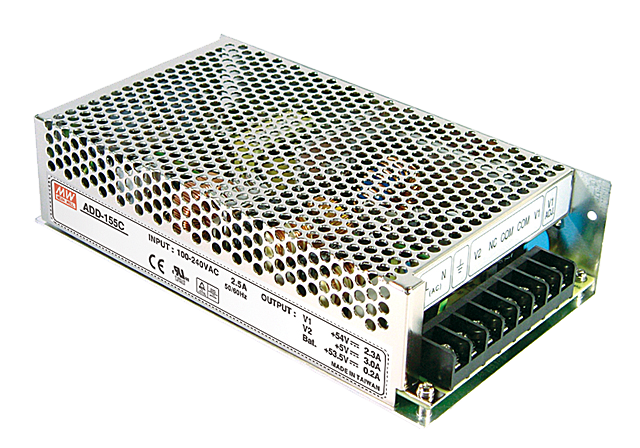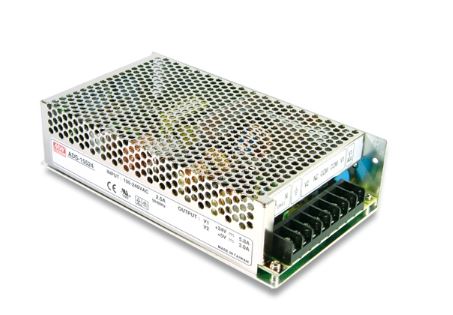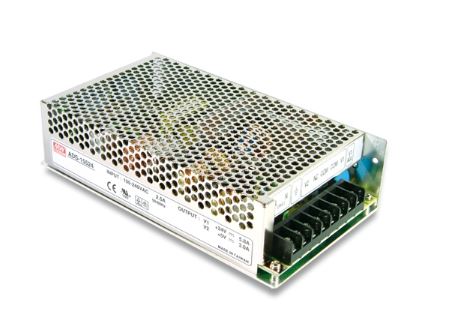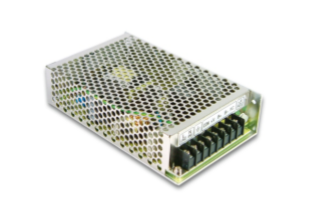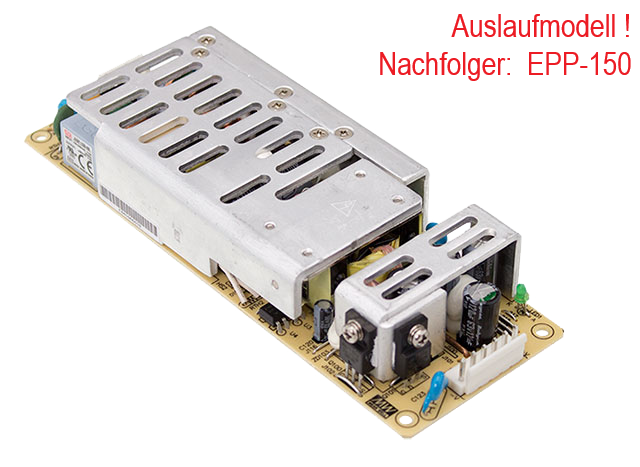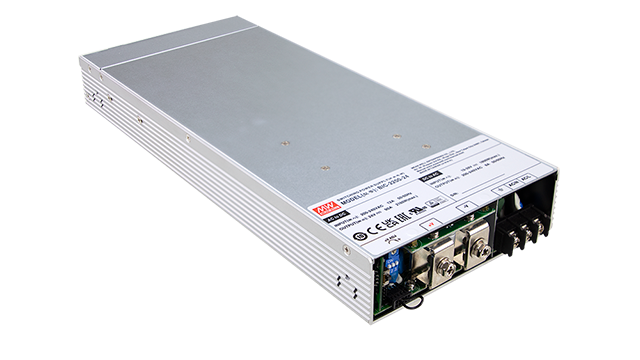- DIN-Rail
- LED-Drivers
- Enclosed Power Supplies
- Adapter Power Supplies
-
AC/DC Power Supplies
- Overcurrent Control
- Multichannel Power Supplies
- Harsh Environment Power Supplies
- BiDirectional Power Supplies
- Open-Frame Power Supplies
- PCB Power Supplies
- Medical Power Supplies
- Security Power Supplies
- Modular Power Supplies
- Battery Chargers
- Flush-mounted Power Supplies
- PV Power
- Rack Power
- EIB/KNX Power Supplies
- HV DC - High Voltage Power Supplies
- VFD for DC-Motor
- Accessories
- Control Units
- Other Power Supplies
- Blog
AC/DC Power Supplies
AC/DC switch-mode power supplies encompass all modern power supplies, such as DIN rail power supplies, LED power supplies, direct-mount power supplies, desktop and plug-in power supplies, Board-mount power supplies, battery chargers, Flush-mounted power supplies, or power supplies for specific applications such as Medical power supplies, Security power supplies, PV power, Rack power, EIB-KNX controls, or overcurrent control units
| from 1 |
€58.90*
|
|---|---|
| from 5 |
€56.86*
|
| from 10 |
€55.65*
|
| from 20 |
€53.61*
|
| from 1 |
€58.90*
|
|---|---|
| from 5 |
€56.86*
|
| from 10 |
€55.65*
|
| from 20 |
€53.61*
|
| from 1 |
€58.90*
|
|---|---|
| from 5 |
€56.86*
|
| from 10 |
€55.65*
|
| from 20 |
€53.61*
|
| from 1 |
€58.90*
|
|---|---|
| from 5 |
€56.86*
|
| from 10 |
€55.65*
|
| from 20 |
€53.61*
|
| from 1 |
€58.90*
|
|---|---|
| from 5 |
€56.86*
|
| from 10 |
€55.65*
|
| from 20 |
€53.61*
|
| from 1 |
€559.80*
|
|---|---|
| from 5 |
€533.30*
|
| from 10 |
€509.70*
|
| from 20 |
€495.00*
|
What is a Switching Power Supply?
A switched-mode power supply (SMPS) converts an unstable input voltage into a constant output voltage. Compared to conventional power supplies, switched-mode power supplies have the advantage of high efficiency. A SMPS converts the mains voltage into a higher-frequency output voltage. As electronic components, switched-mode power supplies are generally classified as power converters.
Where are Switching Power Supplies used?
Whenever an electronic device is used today, it is almost always powered by a switching power supply. So, every computer, television, LED lighting, or device for industrial applications uses a switching power supply. But battery chargers for all kinds of applications, such as notebooks, smartphones, or cameras, also require a power supply.
How does a Switching Power Supply work?
The basic principle underlying switching power supplies is always the same. Energy is extracted from the input voltage source at a high clock frequency using a switching transistor or similar switching element. The clock frequency is typically between 20 kHz and 300 kHz. The average energy flow is determined by the ratio of the on-time to the off-time. The energy flow is smoothed by a low-pass filter at the output. In theory, a switching power supply operates losslessly, which results in its high efficiency. Despite the basic principle remaining constant, the design of a switching power supply can vary greatly.
What are the differences between Switching Power Supplies & Transformers?
By converting to higher frequencies, switching power supplies require less magnet volume to achieve the same performance as 50 Hz or 60 Hz transformers. The transistor of a switching power supply hardly heats up because it is always completely open or completely blocked. This enables very high efficiencies of over 90%. However, this results in EMC interference, which must be well shielded at high alternating frequencies.
Here is a brief comparison of switching power supplies and transformers:
| Switching Power Supply | Transformer |
| Circuit technology complex with high frequency | Simple design with low switching frequency |
| EMC interference emission requires good shielding | Hardly any shielding necessary |
| Significantly more compact, lighter and more flexible | High weight due to high magnet volume |
| More environmentally friendly, more economical, higher efficiency | Significantly higher energy consumption, heat generation and lower efficiency |
Advantages and disadvantages of switching power supplies
The properties and functionality of switching power supplies result in advantages and disadvantages. Based on the current state of technology, the advantages currently outweigh those of alternative power supplies.
Advantages
The most important advantage of a switching power supply over conventional power supplies is its high efficiency. Furthermore, they can be used easily even with low rated power or fluctuating loads. This flexibility and performance makes a switching power supply very attractive.
SMSs are also easy to regulate. This creates a wide tolerance range for possible input voltages and line frequencies. Different line voltages within a wide range can be covered by a single power supply.
If the devices are designed for this, a DC voltage is also possible as the input voltage. Switching power supplies also offer significant advantages during installation and use. Their compact size and low weight make them easy to install in control cabinets or smaller devices. The low copper volume saves important resources. Low power consumption is recorded in standby mode. The operating frequency of the devices is also very high. Furthermore, no thermal fuse is required, and overcurrent protection is sufficient.
All of this makes switching power supplies very affordable and cost-effective. If the quality and warranty period are also right, operators of the devices can save significant costs.
Disadvantages
Despite the many advantages, the disadvantages and difficulties associated with using switching power supplies should also be examined.
As already mentioned, high-frequency switching operation leads to EMC emissions. This requires measures to shield against electromagnetic interference. Furthermore, switching power supplies cause supply voltage distortion. A modern SMPS therefore features a PFC (Power Factor Correction).
At very low loads or during rapid load changes, the result is poorer control performance than with conventional linear regulators. The tendency to oscillate at low loads can be resolved by applying a preload. A more complex circuit requires more components, resulting in more parts that can fail. Furthermore, the passive components are subjected to greater stress.
There are already very good solutions for virtually all of the disadvantages, but these require more components. Switching power supplies are better and more efficient, but also more complex than conventional power supplies.
What types of Switching Power Supplies are there?
Anyone familiar with switching power supplies will notice that there are different types that differ depending on their intended use. We would like to introduce these types.
DIN Rail Switching Power Supplies
DIN rail switching power supplies can be mounted on standardized DIN rails. This makes installation in control cabinets much easier, as no special mounting is required. Extremely compact and cost-effective switching power supplies are now available on the market. These include the MEAN WELL HDR-15/30/60/100 and NDR-75/120/240/480 product series in particular. DIN rail power supplies cover a power range from 15 watts to 480 watts. Their slim design and wide power spectrum make them particularly attractive for industry and retail.
LED Switching Power Supplies
The LED industry has been one of the fastest-growing sectors in recent years. Almost all new lighting applications worldwide now use LED technology. Therefore, the demand for high-performance switching power supplies for LED lighting is very high. LED switching power supplies are used both indoors and outdoors, requiring various IP protection types and protection classes.
Dimmable switching power supplies, in particular, have become indispensable. Dimmable LED switching power supplies are available with dimming methods such as PWM, DALI, push dimming, 0/1-10V dimming, or smart timer dimming. The most important LED power supplies can be found in the Meanwell ELG and HLG series. The HLG power supplies represent the premium products and come with a 7-year warranty. The affordable ELG power supplies are ideal for more flexible applications. In addition to MEAN WELL, brands such as Snappy and SC Power have established an excellent reputation among LED switching power supplies.
Direct Mounting Switching Power Supplies with Enclosed Design
In some cases, mounting directly on the application is necessary. Enclosed direct-mount switching power supplies with a closed design are ideal for this. Particularly compact, modern power supplies are also trending here. The MEAN WELL UHP-200/350/500 power supply series offers a particularly slim design with a low profile. Furthermore, the switching power supplies are particularly user-friendly and suitable for use with LED lighting. A special premium series is the Mean Well RSP power supplies, which are available up to a power range of 10,000 watts.
Open-Frame Switching Power Supplies
For some applications, switching power supplies without enclosures are required. Open-frame switching power supplies are available for this purpose. The advantage of these power supplies is that they are less expensive than devices with enclosures. Enclosure protection is not always necessary when installing power supplies. Nevertheless, the lack of enclosure protection should be considered during planning.
Desktop & Plug-in Switching Power Supplies
In our shop, you'll also find a wide selection of desktop and wall-mounted power supplies. These devices are rated for energy efficiency levels V and VI, respectively. They are suitable for use in industrial and medical technology.
Medical Switching Power Supplies
Our medical switching power supplies are characterized by high reliability, quality, and compliance with various safety certifications. SMPS are also increasingly used in the home healthcare market. Due to the aging population in industrialized countries, mobile equipment is becoming increasingly necessary. Medical power supplies are available in open-frame, desktop, plug-in, and direct-mount designs.
Other Switching Power Supplies on Offer
There are other possible applications for switching power supplies, which we will briefly discuss. Security power supplies represent a large group, which are equipped with a wide variety of security, emergency, and alarm systems. Furthermore, there are various battery chargers. Flush-mounted switching power supplies are also available. Board-board power supplies also represent an important group among switching power supplies.
There are also special switching power supplies such as rack power, PV power, EIB/KNX controllers, or overcurrent control units.
DC/DC Converters & DC/AC Inverters in contrast to AC/DC Switching Power Supplies
AC/DC switching power supplies convert alternating current (AC or "alternating current") to direct current (DC or "direct current"). Converters, on the other hand, convert direct current to direct current, while inverters convert direct current to alternating current. Depending on the type of current present at the input and the type of current desired at the output, the appropriate power supply must be selected.
What characteristics determine the best Switching Power Supplies?
A switching power supply must first be assessed for its cost-effectiveness. This doesn't just mean a fair and affordable purchase price. High efficiency keeps energy losses low, which can significantly reduce operating costs. Furthermore, the maximum service life plays an important role. Therefore, it's important to consider the manufacturer's warranty and the approximate mileage, as these all have a significant impact on cost-effectiveness.
High efficiency is especially important in the long term. A modern switching power supply should have an efficiency of >90%. While reliability and service life can only be tested in practice, power supplies with a rated operating time of over 60,000 hours are preferable.
Interference emissions must be well shielded. Standards for this are EN55022 (radiation behavior) and EN61000 (radiation and interference immunity). Furthermore, low power loss is important in terms of energy costs and dissipated heat. Electromagnetic compatibility (EMC) and power loss are positively influenced by the use of an active PFC (power factor correction). The PFC significantly reduces energy loss and harmonic content.
Functions such as auto-recovery and power boost can improve voltage and current quality. Protection against short circuits, overcurrent, overvoltage, and electric shock is also necessary. With good thermal performance and a wide operating temperature range, SMPSs can operate correctly even at very low and very high temperatures. Their smaller volume and compact size increase the power density of switching power supplies. This leads to lower weight, which is particularly important for mobile applications.
Buyer's guide: What should I pay attention to when buying a Switching Power Supply?
The product features mentioned above can be applied to the highest-quality and best switching power supplies. Since we at ProConnecting work with strong partners such as MEAN WELL, Snappy Optoelectronics, SC Power, CAMTEC, and Nextys, most of these features are guaranteed.
Power
Power plays a key role when purchasing a switching power supply. This is the first criterion by which power supplies should be sorted. If the power range is not right, the electrical devices or lighting won't be able to operate.
Output Voltage
What output voltage should the switching power supply have? This always depends on the end device. Common output voltages are 12VDC and 24VDC. There are many other voltages available. It should be noted that as the voltage increases, the current decreases proportionally.
Input Voltage
Next, you should check the required input voltage. Most switching power supplies have a fairly wide input voltage range, so this is usually not a problem. If the input is direct current (DC) rather than alternating current (AC), a DC/DC converter or DC/AC inverter must be used.
Finally, the question arises as to how many phases are required. Switching power supplies are available with single-phase, two-phase, or three-phase inputs.
PFC
Another important criterion is whether PFC is necessary. Most power supplies, typically those 75W and above, have PFC. PFC has the advantage of better efficiency, which significantly reduces electricity bills. It also increases the efficiency and system capacity of the switching power supply. Other advantages include reduced component size, lower heat loss, and improved line voltage characteristics. This reduces high-frequency EMC emissions.
Installation
When installing, the available space and ventilation options are particularly important. Compact switching power supplies are easier to install and offer more flexibility for the remaining electronic components due to their inherent dimensions. Furthermore, the switching power supply must not exceed the specified operating temperature range, which can be achieved with a suitable power supply or intelligently planned ventilation.
Certifications
If the switching power supply is to be used for special purposes, such as LED lighting applications, medical power supplies, or railway power supplies, certain standards and certifications are required. The best way to find out more is to consult the relevant manufacturer's data sheets.

